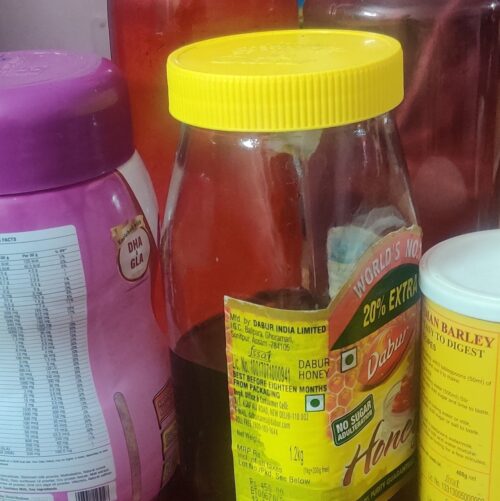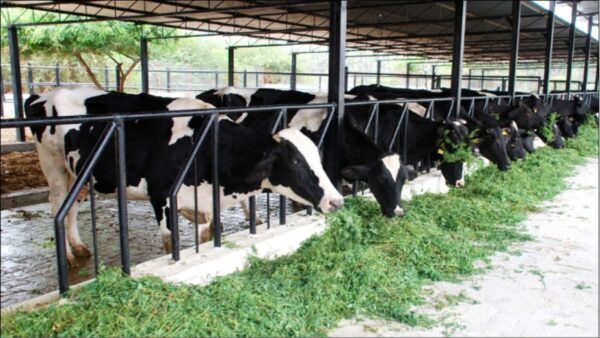Food spoilage is the undesired process through which the quality of food deteriorates to a point that it no longer remains fit for eating. Such a food becomes harmful or poisonous and any one eating such type of food may fall ill seriously.
Many food items like fruits and vegetables contain enzymes that remain active up to certain degrees of temperature. When kept for a long time these are spoilt by enzymatic activities. Besides these, cooked food is contaminated in many different ways as a result of which a number of microorganisms like bacteria, and moulds act on it and make it bad and poisonous. A microorganism or microbe is a microscopic organism that comprises a single cell (unicellular), or cell clusters.
Food preservation is the process of treating and handling food to stop or slow down food spoilage, loss of quality, edibility, or nutritional value and thus allow for longer food storage. Food is preserved by mixing some preservative to it. Some important traditional food preservation techniques popular in India are: preparation of pickles and Murabbas; making jams and jellies, mixing salt with the food item, smoking, and keeping food item in oil.
Another preservation technique which is in use since long is Pasteurization. This technique is usually applied for keeping milk for longer periods. In this technique milk is boiled and cooled repeatedly so as to kill spoiling agents if already present in the milk or other liquid substance. This technique was discovered by Louise Pasteur.
In today’s industrialized world various modern food-preservation techniques are used to keep food-items safe for longer periods. Some of these modern food-preservation techniques are- Vacuum packing, mixing food preservatives or additives, Irradiation and Bio-Preservation.
In Vacuum-packing food is stored in a vacuum environment or in air-tight bag or bottle. This type of packing is used for storing nuts to reduce loss of flavour through oxidation and attack of fungi. Food is preserved by mixing Artificial Food Preservatives also. Artificial Food Preservatives are anti-oxidants and anti-microbial substances that are added to food items while packing. These substances usually absorb oxygen to check oxidation.
Some commonly used anti-microbial preservatives are -calcium propionate, sodium nitrate, sodium nitrite, sulphites (sulphur dioxide, sodium-bisulphite, potassium hydrogen sulphite etc) and disodium Ethylene diamine tetra acetic acid or EDA. Antioxidants include BHA or Butylated hydroxyl anisole and BHT or Butylated hydroxyl toluene. Other preservatives include anti-microbial substances including formaldehyde in solution form, glutaraldehyde, ethanol etc.
Food is also preserved by adopting Irradiation Techniques through which food items are exposed to ionizing irradiation. The two types of ionizing radiation used in this process are beta particles (high-energy electrons) and gamma rays (emitted from radioactive sources as Cobalt-60 or Caesium-137). The treatment has a range of effects, including killing bacteria, moulds, and insect pests, reducing the ripening and spoiling of fruits, and at higher doses inducing sterility. The technology may be compared to pasteurization and it is sometimes called as “cold pasteurization”, as the product is not heated.
Bio preservation is the technique of preserving food by adding biological agents like specific bacteria to increase the self-life of food items. It is an important ecological approach which is receiving increasing attention.
Changes in food-habits
Food habits among people differ from culture to culture. We can say that it is culture specific. However, during the last few decades dynamic changes have occurred due to the fast-growing economy, a shift from traditional to modern technologies, globalization, industrialization, constant travels across the world, evolving tastes and increased demands for “fast” and processed foods throughout our country. We have a social divide and therefore, the consequences also vary widely. On the one hand, we have poverty and hunger causing under nutrition and related disorders while on the other hand, a substantial increase in the intake of fats and refined foods such as white rice, Maida based items, sugars, and salt leading to over nutrition related disorders such as obesity.




